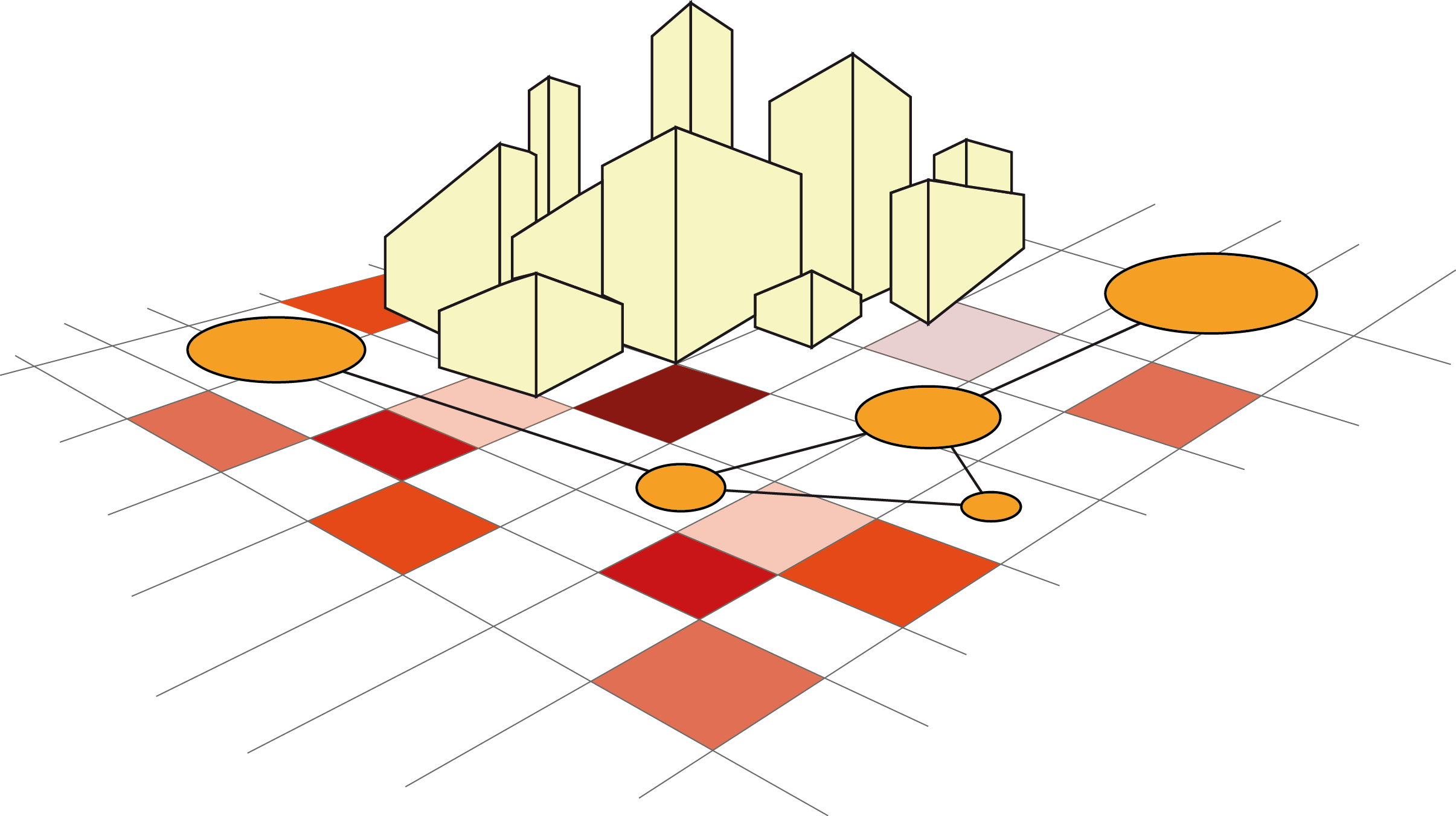Defense jury
Geoffrey Caruso, Professor at the University of Luxembourg
Philippe Clergeau, Professor at the Museum National d’Histoire Naturelle
Jean-Christophe Foltête, Professor at the University of Franche-Comté
Florent Joerin, Professor at the Haute École d’Ingénierie et de Gestion
Cécile Tannier, Associate Researcher at the CNRS
Christiane Weber, Research Director at the CNRS
Abstract
The global increase of urbanization during the past decades have induced a progressive artificialization of natural environments. The building of transport infrastructures and new housings causes a landscape fragmentation in an irreversible way and a strong decrease of the connectivity of ecological habitats. Maintaining the functionality of ecological networks is becoming a major goal of sustainable urban planning policies.
With a special focus on urban evolutions in the horizon 2030 in the urban area of Besançon in eastern France (residential development and road traffic evolutions), this thesis aims to assess the potential impact of urban forms on landscape connectivity of animal species’ ecological networks. This research work promotes a modelling approach both on the field of theoretical and quantitative geography and landscape ecology.
This approach follows three main steps: (1) simulating residential development and its associated road traffic changes using five prospective scenarios of differentiated urban forms; (2) modelling landscape graphs of various animal species using land-cover maps and ecological data; (3) assessing the potential impacts of each scenario on ecological networks from these graphs using connectivity metrics, with measures of the connectivity decrease attributable to each residential development scenario.
Contrary to sprawled cities, the results show that compact and dense urban forms best promote the maintenance of ecological connectivity for the majority of species groups. Further analysis highlights the great contribution of road traffic evolutions regarding the ecological impacts of each scenario.
According to some sensitivity analysis, the model used is quite robust. It demonstrates the interest of modelling in the decision-making process for environmental conservation and urban planning to think out the city of tomorrow in a sustainable way.

